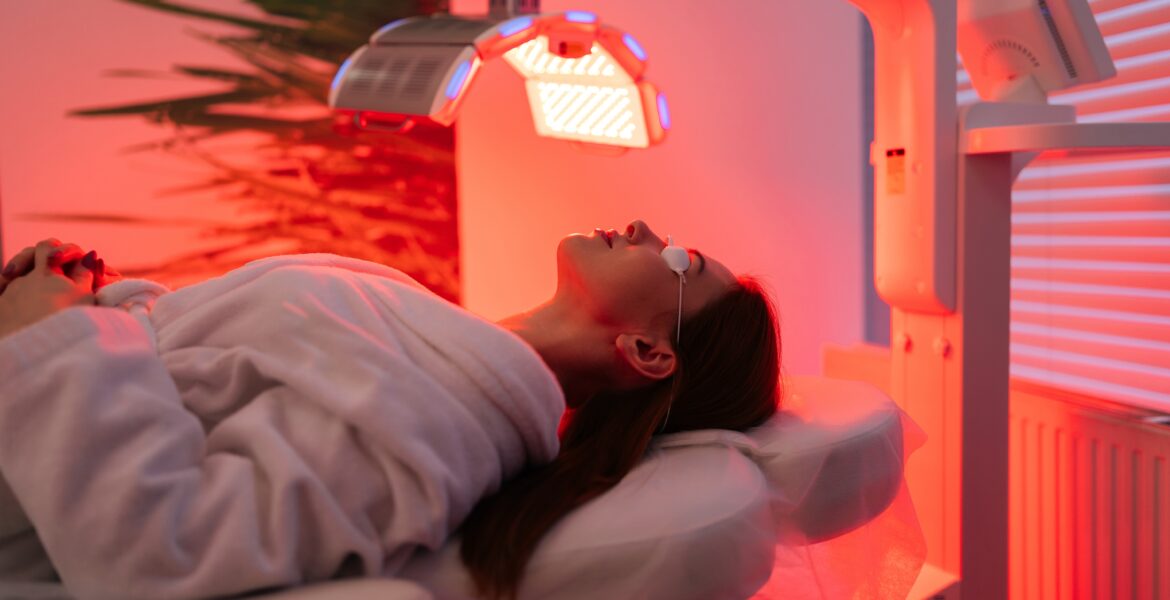Red light therapy (RLT) is a type of phototherapy that can benefit skin, muscle tissue, and other parts of the body. What does this mean for your skincare routine? In this post, we review the pros and cons of RLT and how it may benefit you.
What Is Red Light Therapy?
Red light therapy, also referred to as low-level laser therapy (LLLT), low-power laser therapy (LPLT), and photobiomodulation (PBM), is a form of treatment that uses low-wavelength red light or near-infrared light to reduce wrinkles, scars, redness, and acne. Endre Mester, the “father of photobiomodulation,” accidentally discovered its benefits when attempting to reduce the size of tumors. The light was not as intense as he believed it to be when he began the study, and soon, he saw wound healing and hair growth in test animals, much to his surprise.
How Does Red Light Therapy Work?
Instead of heat, RLT uses low-powered light that gently penetrates 2 mm deep, stimulating your skin. The red and near-infrared light gets absorbed by particular molecules, giving your mitochondria (the fuel factories in your cells) an energy kick-start. It moves around electrons and oxygen and produces more energy (ATP) for better cell function, translating to healthier, happier cells.
Let’s Talk RLT Benefits
A variety of studies show significant promise and therapeutic benefits of RLT, though more research is still needed. Some advantages of RLT include:
- Improved hair growth for those with alopecia
- Fading psoriasis patches and burn scars
- Build-up of collagen to reduce wrinkles and fine lines, improving complexion
- Short-term treatment for carpal tunnel syndrome
- Eased cancer treatment side effects, such as calming mouth sores, soothing irritated skin, and managing fluid build-up
- Slowed progression of myopia
- Reduced neuropathic pain
- Increased brain signals, potentially improving thinking and memory in Alzheimer’s patients
- Reduced Achilles tendon pain and inflammation
Are There Risks?
Researchers generally agree that RLT is safe in moderation. The only catch is figuring out how much to use. Using too much can damage skin tissue, but too little will produce no beneficial effects.
Our Picks for At-Home RLT

